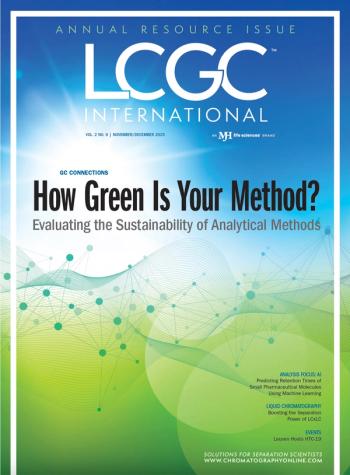
Presenting Kromasil EternityXT
AkzoNobel presents its latest preparative HPLC product, Kromasil EternityXT, an extension of the Eternity grafted technology platform, a material with an extended lifetime for preparative applications under extremely demanding conditions.
AkzoNobel presents its latest preparative HPLC product, Kromasil EternityXT, an extension of the Eternity grafted technology platform, a material with an extended lifetime for preparative applications under extremely demanding conditions.
Kromasil Eternity was introduced a few years ago, for analytical HPLC on smaller particle sizes. The new EternityXT product is based on a 10 µm Kromasil 100 Å silica matrix, well-known for its high mechanical stability and well-defined pore structure. An organosilane is immobilized on the silica and, under certain proprietary conditions, merged into an organic/inorganic interfacial gradient. The pore size is virtually unchanged. This process step is what gives Kromasil EternityXT its extreme chemical stability, extending the pH range that can normally be used with regular silica based HPLC media.
Finally, the product is functionalized with polymeric C18 followed by a proprietary endcapping process.
The pH window where EternityXT can be used is from 1 to 12, giving more flexibility than ever when optimizing for large-scale applications.
The superior chemical and mechanical stability lead to longer media lifetime. The improved chromatographic performance and better selectivity at high pH, leads to higher loadability, and improved productivity. A combination leading to reduced cost in the production!
Download the folder on
Newsletter
Join the global community of analytical scientists who trust LCGC for insights on the latest techniques, trends, and expert solutions in chromatography.



